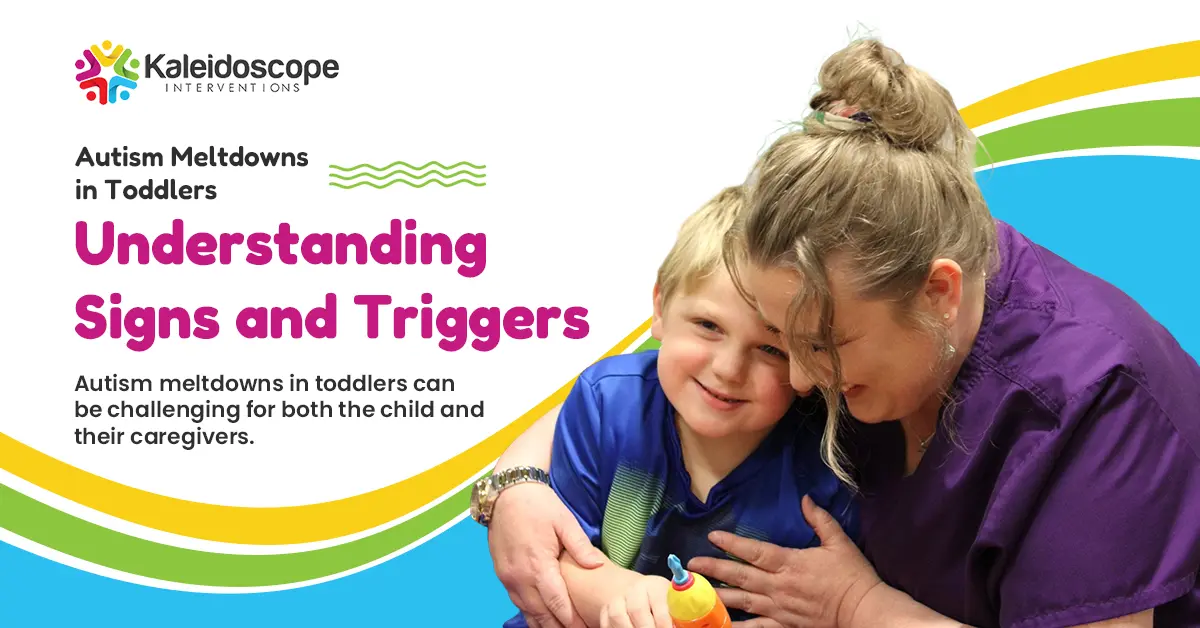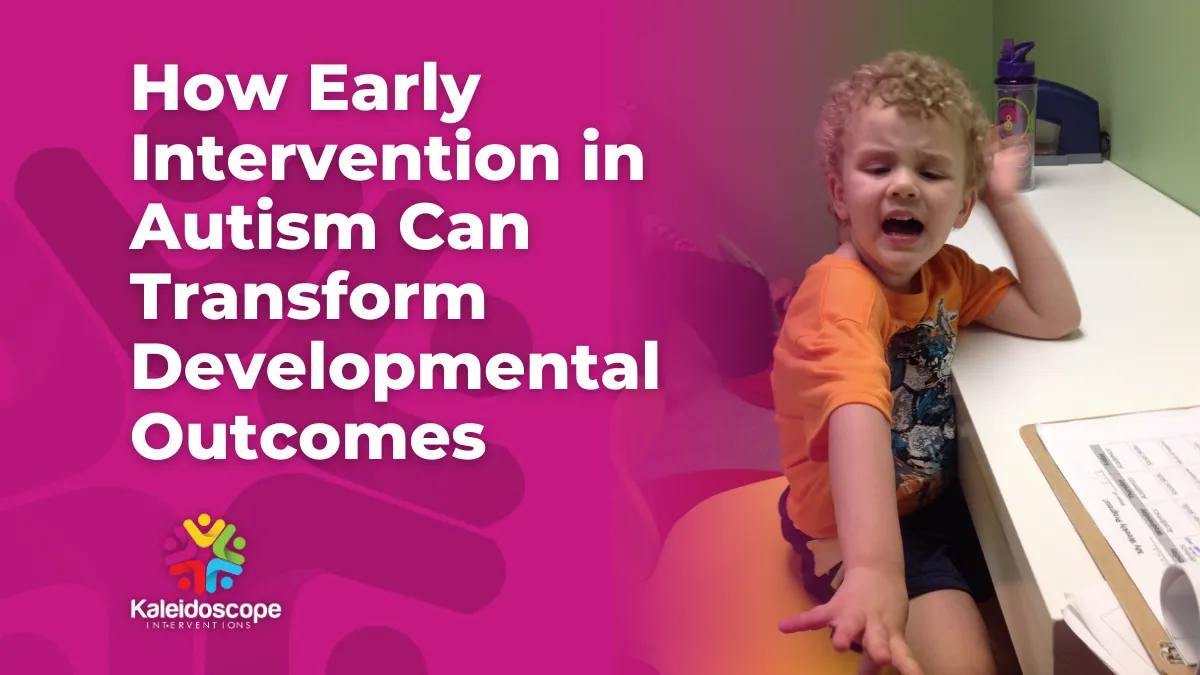Positive reinforcement autism strategies promote positive behaviors and skill development in autistic children. By rewarding desired behaviors rather than punishing undesired ones, caregivers and therapists can create a supportive learning environment that encourages growth and confidence.
Whether through praise, small rewards, or preferred activities, positive reinforcement can help children with autism develop communication, social, and daily living skills. Implementing these strategies effectively can make a meaningful difference in a child’s overall development and emotional well-being.
The Importance of Autism Positive Reinforcement
 Positive reinforcement is a foundational strategy for encouraging positive behaviors and fostering development in children with autism. Unlike traditional discipline methods, it focuses on rewarding desired behaviors and making children feel valued and supported. This approach helps children learn new skills and builds a positive, nurturing environment that boosts confidence and strengthens relationships.
Positive reinforcement is a foundational strategy for encouraging positive behaviors and fostering development in children with autism. Unlike traditional discipline methods, it focuses on rewarding desired behaviors and making children feel valued and supported. This approach helps children learn new skills and builds a positive, nurturing environment that boosts confidence and strengthens relationships.
Promoting Skill Development
Positive reinforcement encourages children to repeat desired behaviors by associating them with positive outcomes.
- Encourages Repetition of Positive Behaviors: When a child receives praise, a favorite toy, or an activity as a reward, they are more likely to repeat that behavior.
- Supports Learning New Skills: Reinforcement helps children acquire skills like communication, social interaction, and self-care by making these activities enjoyable.
- Provides Consistency: Consistent reinforcement builds habits and helps children understand expectations, promoting long-term development.
Incorporating positive reinforcement helps establish a solid foundation for learning and growth.
Building Confidence and Self-Esteem
Positive reinforcement builds self-esteem by allowing children to experience success frequently.
- Boosts Self-Confidence: Every time a child receives recognition for a job well done, it boosts their confidence and encourages them to attempt more challenging tasks.
- Reduces Anxiety and Fear: Regular positive feedback helps children feel secure, reducing anxiety and fear of failure.
- Encourages Independence: Increased confidence and emotional security make children more willing to engage in new activities independently.
Over time, this strategy fosters a sense of self-worth and empowers children to take on new challenges.
Reducing Unwanted Behaviors
Positive reinforcement can effectively decrease unwanted behaviors by focusing on encouraging good behavior instead.
- Shifts Focus to Positive Actions: By highlighting positive actions, caregivers can naturally reduce attention to negative behaviors.
- Creates a Calmer Environment: Focusing on rewarding good behavior instead of punishing bad behavior reduces overall tension and creates a more positive environment.
This shift helps children feel more understood and less stressed, reducing the frequency of meltdowns or challenging behaviors. Positive reinforcement is more than just a strategy—it’s a way to create a supportive atmosphere where children can thrive.
Understanding Different Types of Autism Reinforcers
 Positive reinforcement relies on using meaningful and motivating autism reinforcers for the child. Choosing the correct type of reinforcer is crucial for encouraging positive behaviors and achieving developmental goals. Various reinforcers can be used with children with autism, and understanding each one helps caregivers and therapists provide individualized support to the child’s unique preferences and needs.
Positive reinforcement relies on using meaningful and motivating autism reinforcers for the child. Choosing the correct type of reinforcer is crucial for encouraging positive behaviors and achieving developmental goals. Various reinforcers can be used with children with autism, and understanding each one helps caregivers and therapists provide individualized support to the child’s unique preferences and needs.
Social Reinforcers
Social reinforcers are rewards that involve positive interaction and attention from others. These reinforcers can include:
- Verbal Praise: Saying “Great job!” or “I’m proud of you!” in an enthusiastic tone.
- Physical Affection: Giving high-fives, hugs, or pats on the back.
- Attention and Approval: Smiling, making eye contact, or providing a thumbs-up.
Social reinforcers are powerful because they foster a positive emotional connection between the child and their caregivers, encouraging social engagement and communication.
Tangible Reinforcers
Tangible reinforcers are physical items that the child finds rewarding. This can include:
- Toys: Small toys like action figures, stuffed animals, or puzzles.
- Stickers or Badges: These are great for rewarding younger children for completing tasks or displaying good behavior.
- Activity-Based Rewards: Offering time to play with a favorite game or engage in a preferred hobby.
Tangible reinforcers can be highly motivating, especially when linked to the child’s interests and used sparingly to maintain their value.
Food Reinforcers
Food reinforcers can be effective when used appropriately and in moderation. Choosing healthy options and avoiding relying on food as the primary reinforcer is essential. Examples include:
- Small Snacks: Pieces of fruit, cheese, or crackers.
- Special Treats: Occasionally, a favorite cookie or candy can be used for significant achievements.
- Novelty Foods: Offering a snack the child doesn’t have often but enjoys, like a small serving of popcorn or a smoothie.
Always consider dietary restrictions and ensure that food reinforcers are used as part of a balanced approach.
Activity-Based Reinforcers
Activity-based reinforcers involve allowing the child to participate in a preferred activity as a reward. These may include:
- Extra Playtime: Offering additional time to play outside or engage in imaginative play.
- Screen Time: Granting time to watch a favorite show or use a tablet.
- Creative Activities: Allowing the child to engage in arts and crafts or music sessions.
Each type of reinforcer has unique benefits, and understanding how to use them effectively helps promote positive behaviors and support the child’s development. Choosing the suitable reinforcer based on the child’s preferences can significantly affect their learning and progress.
Using Food Reinforcers Autism Behavior Strategies

Food can be a highly effective reinforcer for children with autism, but it should be used thoughtfully and in moderation. Because food is a primary motivator for many children, it can be a powerful tool for encouraging positive behaviors and reinforcing learning. However, it’s vital to ensure that food as a reinforcer is balanced, healthy, and paired with other reinforcers to avoid dependency.
When to Use Food Reinforcers
Food reinforcers are most effective for behaviors or skills the child finds challenging or for newly introduced ones.
- Initial Learning Stages: Use food as a high-value reward when teaching new skills, such as using words to express needs or following multi-step instructions.
- During Transitions or Difficult Situations: Offering a small snack during transitions (e.g., leaving a preferred activity) can help ease the process.
- As a Surprise Motivator: Use food as a reinforcer occasionally to maintain its value and effectiveness.
Choosing when and how to use food reinforcers can help establish a strong foundation for learning without making it the child’s primary motivation.
Types of Food Reinforcers
Consider the child’s dietary needs and preferences when using food as a reward. Opt for healthy and safe options that are appealing yet easy to provide in small amounts:
- Healthy Snacks: Small pieces of fruit, veggie sticks, or cheese cubes.
- Special Treats: Use occasional small treats like crackers or yogurt for significant achievements.
- Novel Foods: Introduce something the child doesn’t get often, like popcorn or a unique juice flavor.
Offering a variety of food reinforcers helps maintain their effectiveness and prevents the child from losing interest in a particular snack.
Guidelines for Using Food Reinforcers
To use food effectively, keep the following guidelines in mind:
- Use in Moderation: Avoid over-reliance on food reinforcers. Pair them with social or tangible rewards to create a balanced approach.
- Avoid Using Food as a Bribe: Instead of using food to control behavior, use it as a positive reinforcement after the behavior has occurred.
- Monitor Portion Size: Use small portions to avoid overfeeding and maintain the value of the food item.
- Incorporate into a Broader Strategy: To diversify reinforcement methods, combine food reinforcers with verbal praise, tangible rewards, or activities.
Using food as part of autism behavior strategies can be effective carefully and thoughtfully. By pairing it with other reinforcers and being mindful of when and how it’s used, caregivers can create a supportive setting that encourages positive behaviors and development.
Long-term Benefits of Positive Reinforcement for Children with Autism
Positive reinforcement encourages immediate positive behaviors and lays the groundwork for long-term success in autistic children. By consistently focusing on rewarding desired behaviors, caregivers and therapists can help children build skills, enhance emotional resilience, and foster greater independence.
Encourages Skill Mastery and Retention
- Builds a Strong Foundation for Learning: Reinforcing positive behaviors helps children retain skills they’ve learned, such as communication, social interactions, and daily living tasks.
- Promotes Consistency: Consistency in reinforcement leads to better mastery and generalization of skills across different settings, like school and home.
Boosts Emotional Regulation and Social Skills
Positive reinforcement teaches children to associate good behaviors with positive outcomes, promoting emotional self-regulation.
Improves Coping Mechanisms: Children learn to manage emotions like frustration or anxiety more effectively.
Enhances Social Engagement: Children are more likely to engage in social situations when their attempts at positive interactions are acknowledged and rewarded.
Post-Meltdown Recovery
After a meltdown, the child may feel exhausted or disoriented. Take the following steps to support recovery:
- Offer Comfort: If the child is receptive, provide a favorite snack, drink, or cuddle time.
- Discuss When Ready: If the child is verbal, gently talk about what happened using simple language. Avoid blame or punishment.
- Reinforce Positivity: Encourage the child to regain control and let them know they are loved and supported.
Dealing with autism meltdowns effectively involves creating a safe, understanding environment and providing the child with the tools and support they need to manage their emotions. With patience and empathy, caregivers can help toddlers navigate these challenging moments more peacefully.
Encourages Independence and Self-Motivation
Positive reinforcement fosters accomplishment, encouraging children to take on new challenges independently. This builds their confidence and lowers reliance on external rewards over time. As children grow, the emphasis can gradually shift from tangible reinforcers to intrinsic motivation, helping them thrive in various aspects of life.
Conclusion
Positive reinforcement is a potent tool that helps autistic children build essential skills, regulate emotions, and gain confidence. By understanding and using various reinforcers, caregivers can create a supportive environment that supports positive behaviors and nurtures long-term growth. With patience and consistency, positive reinforcement can shape a brighter future, allowing children to thrive and achieve their fullest potential.
Ready to learn more or need support implementing these strategies? Contact Kaleidoscope Interventions at (321) 345-4232 or visit our contact page to speak with a specialist today!


